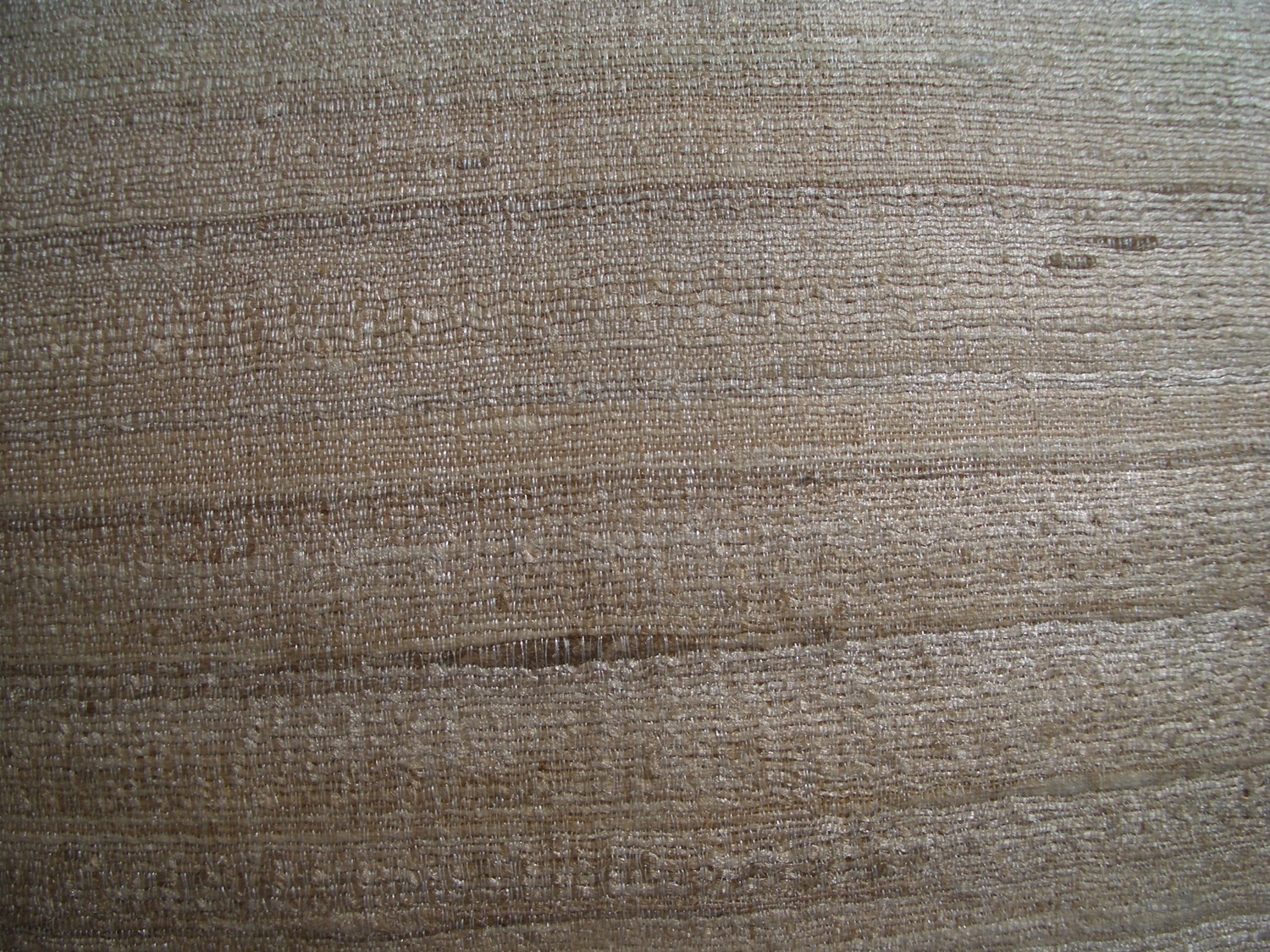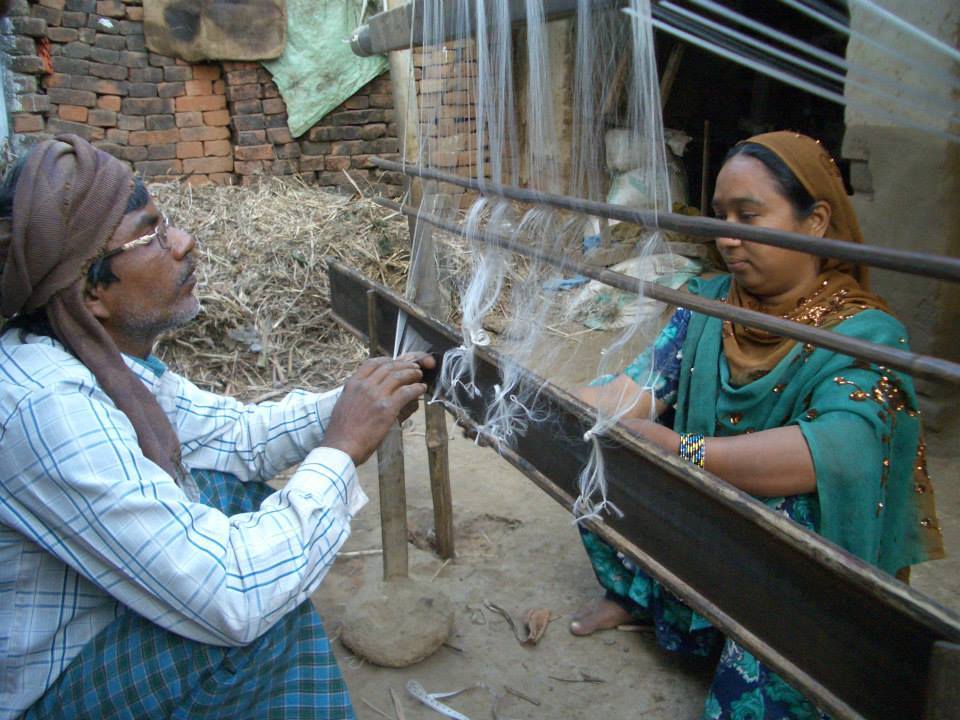WILD SILK
Background: the problems with conventional silk
Silk is a natural fibre that comes from the cocoons of silk worms. The majority of these feed on the leaves of the mulberry tree and their silk is therefore known as mulberry silk. Silk cocoons are made up of one continuous thread - known as a filament - and it is the long length of this thread that accounts for silk’s smoothness and lustre. To ensure that this thread remains continuous, however, the silkworm has to be prevented from emerging from the cocoon, as this breaks the thread. This unfortunately means that the silkworm has to be killed while it is still inside the cocoon, and it is for this reason that silk cannot be classed as a ‘cruelty-free’ fibre.
Although silkworms are killed in the process of making silk, silk is a low-waste fibre and with the exception of China, where the industry is highly mechanised and chemically intensive, silk production does not involve heavy use of chemicals and is often made entirely by hand. Outside of China, it is usually produced in rural villages, where it provides an important source of income. It is also important to remember that no fibre produced on a mass scale is cruelty free. Plant fibres are usually farmed, which destroys habitat for wildlife, and.synthetic fibres come from petrochemicals (i.e. plastics) which have a devastating effect on aquatic species. In some ways, silk is one of the least cruel fibres, as the silkworm is really the only species to suffer, unlike with cotton or synthetics, where entire ecosytems can be damaged.
So, silk is far from being the worst fibre around, but it’s also far from perfect and better alternatives do exist. One of these is wild silk.
Wild Silk: a more sustainable alternative
Wild silk comes from the cocoons of silkworms that live semi-autonomously in forests, hence the term 'wild'. Unlike conventional silkworms (known as mulberry silkworms), which are entirely domesticated and cannot survive without human help, wild silkworms live on trees and are able to find food by themselves.
Wild silk comes in various shades of brown, beige and gold, reflecting the different trees the silkworms have fed on. The threads are shorter than those of mulberry silk, which creates a more 'slubby' fabric with a subtle pattern created by the different thread lengths and thicknesses. Due to the irregular thread lengths, the sheen, which is so characteristic of conventional silk, is much subtler with wild silk.
At Ecosophy, we are promoting the use of wild silk not only because of its unique appearance and texture, but also because of its potential as a source of sustainable rural livelihoods. Much of it comes from the forested areas of Eastern India, where it provides a source of income and an incentive for people to conserve their local trees rather than cutting them down. In some parts of India, demand for wild silk is encouraging people to plant trees on degraded land in order to create further habitat for silk worms.
Our wild silk collection comes from a weaving cooperative in Eastern India. The cooperative is a member of SEWA, a trade union for self-employed women workers, which supports almost a million women across India with services such as healthcare, child care, insurance, loans and leadership training. Through increasing consumer interest in wild silk, which currently is fairly unknown in the West, we aim to help this cooperative extend its support to increasing numbers of weavers and sericulturalists across East India. Read about our visit to them here.




